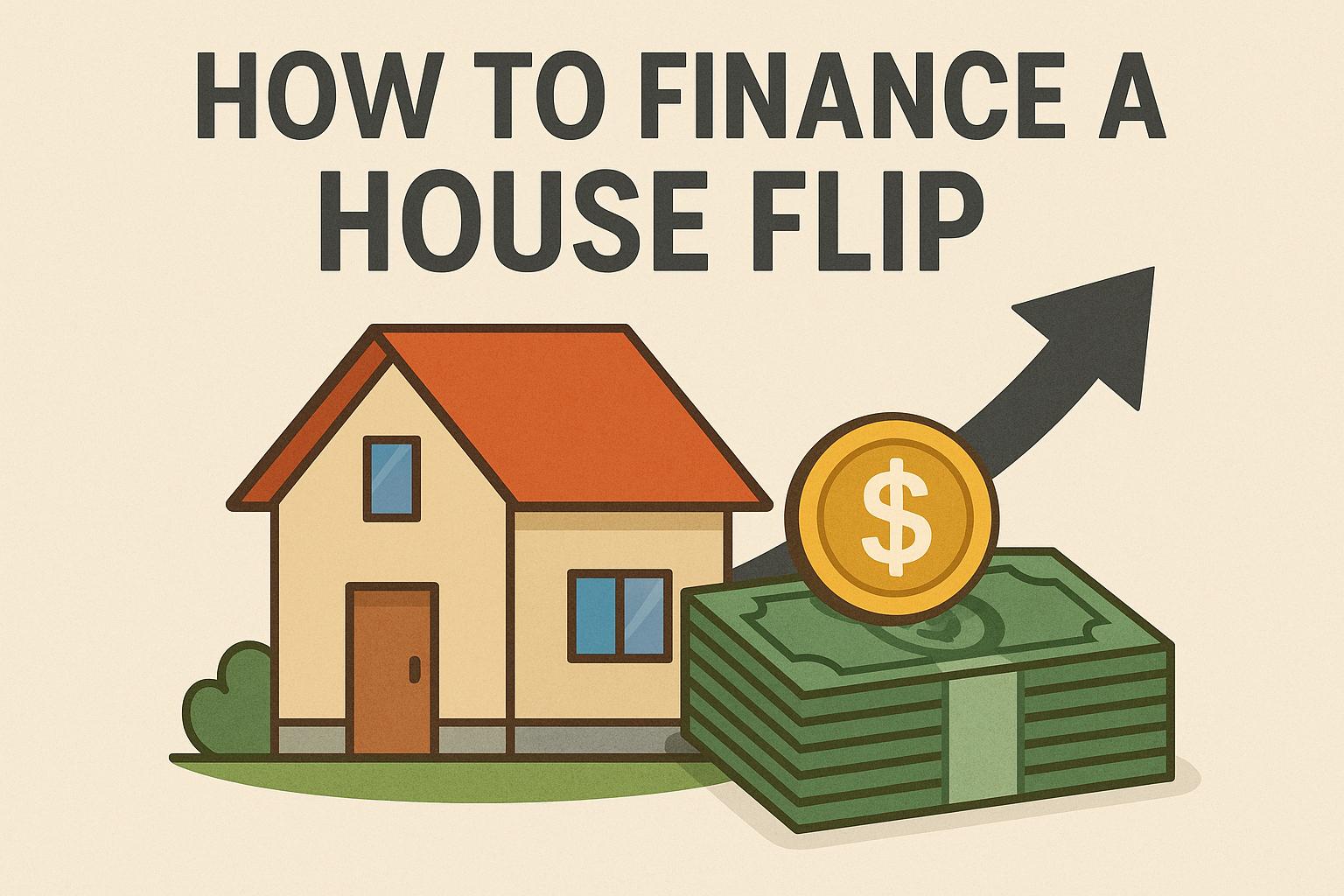
Flipping a house involves purchasing a property, renovating it, and then selling it for profit. This practice demands careful financial planning and awareness of the real estate market dynamics. In this article, we will explore several financing options available for house flippers and discuss important factors to consider when selecting the most suitable method to ensure a successful venture.
Financing a house flip can be approached through various methods, each with its own advantages and potential drawbacks. The choice of financing is critical, as it can significantly influence the project’s profitability. Selecting the right option depends on factors such as your financial situation, experience in real estate investments, and the specific characteristics of the targeted property.
One of the most straightforward ways to finance a house flip is by using personal savings. This approach eliminates the necessity of dealing with interest charges and loan fees, thereby maximizing your return on investment. However, using personal savings requires discipline and a cautious approach to ensure that you retain enough financial cushion for emergencies or unexpected expenses that may arise during the renovation process. It is vital to evaluate if this method aligns with your financial capabilities and investment strategy.
Traditional bank loans, including mortgages, might be a viable option for funding a house flip. Banks and financial institutions typically offer these loans at lower interest rates compared to other types of borrowing, which can be advantageous when trying to budget for renovation costs. However, securing a traditional bank loan can be challenging due to stringent credit requirements and longer processing times. Additionally, the timelines associated with bank approvals might not always coincide with the quick nature of property flipping, which often requires a more rapid source of funding.
Hard money loans are short-term loans provided by private lenders rather than traditional banking institutions. They are particularly popular among house flippers who require speedy access to funds that may not be available through standard channels. The advantages of hard money loans include faster approval processes and more flexible terms tailored to suit quick real estate transactions. Conversely, the drawbacks are their generally higher interest rates and shorter repayment periods, which can place pressure on ensuring that the property is flipped and sold in a timely manner to cover these costs.
For individuals who already own property, a home equity loan or line of credit might offer a viable solution to fund a house flip. These financial products leverage the equity of your existing property as collateral, often resulting in more favorable interest rates compared to unsecured loans. Nevertheless, this option carries inherent risks, namely the possibility of losing your home if you default on the loan. It is important to carefully weigh the potential benefits against these risks when considering this approach.
Forming partnerships can provide a collaborative way to finance a house flip. By partnering with investors, you can pool resources, share expertise, and divide both the risks and rewards associated with the project. These partnerships can be structured in diverse ways to fit the agreement between involved parties. It is crucial to establish clear communication and mutual goals to ensure that all parties benefit from the venture. This strategy allows for shared responsibilities and potentially expedited project timelines through combined efforts.
The concept of real estate crowdfunding has grown in popularity, allowing multiple investors to pool their resources for a specific property investment. This method offers the advantage of spreading financial risk across several contributors rather than shouldering it all alone. Platforms that host real estate crowdfunding ventures are usually accessible online, making it a convenient option for modern investors. Participants in such initiatives contribute to the property’s financing and share in the prospective profits, making it a collaborative investment approach with diverse engagement levels.
When choosing a financing method for house flipping, consider the following factors to make a well-informed decision:
Interest Rates and Fees: Evaluating the cost of borrowing is crucial. This includes understanding the interest rates and any additional fees that may influence the overall financial obligation. Higher costs can significantly impact potential profits.
Loan Terms: Consider the duration and conditions of the loan, ensuring they align with your project’s timeline and scope. The terms should offer enough flexibility to accommodate the various phases of a property flip, from purchase to sale.
Liquidity Needs: It is important to have access to sufficient cash flow to manage ongoing project expenses and unforeseen contingencies. Maintaining liquidity ensures that the renovation process continues smoothly without financial interruptions.
Financing a house flip requires careful analysis of available options to match your unique needs and project requirements. It’s crucial to contemplate the pros and cons of each method, factoring in the specific context of your investment goals. For those interested in further reading and exploring additional resources on financing strategies, consider visiting Investopedia or other credible financial advisory websites. Through thorough preparation and informed decision-making, you can enhance your chances for success in the competitive field of house flipping, ultimately achieving desired returns on your investment.
Comments are currently closed.